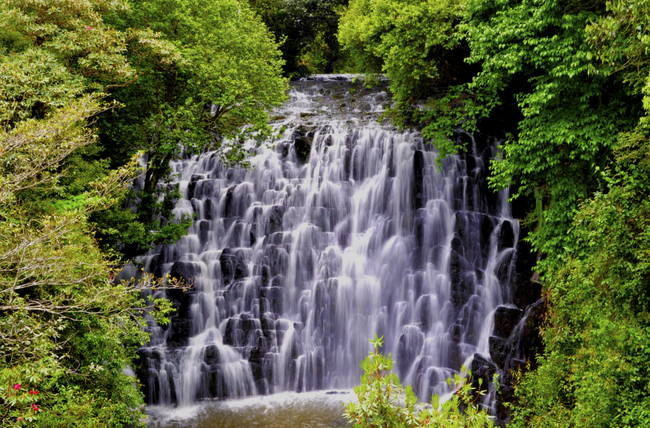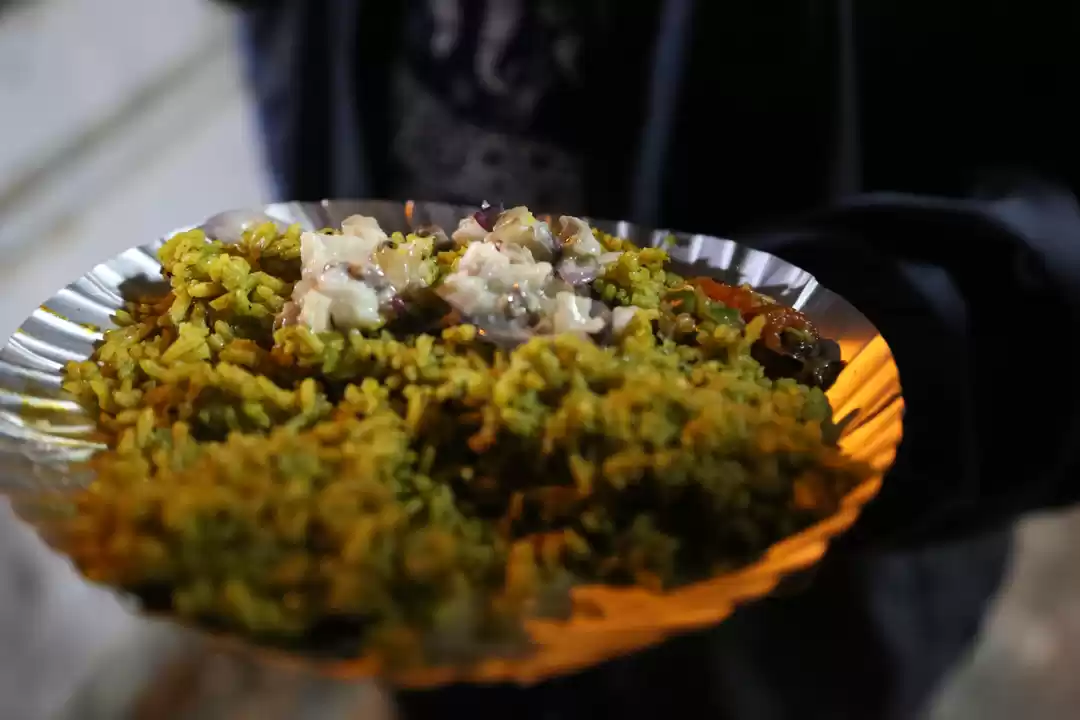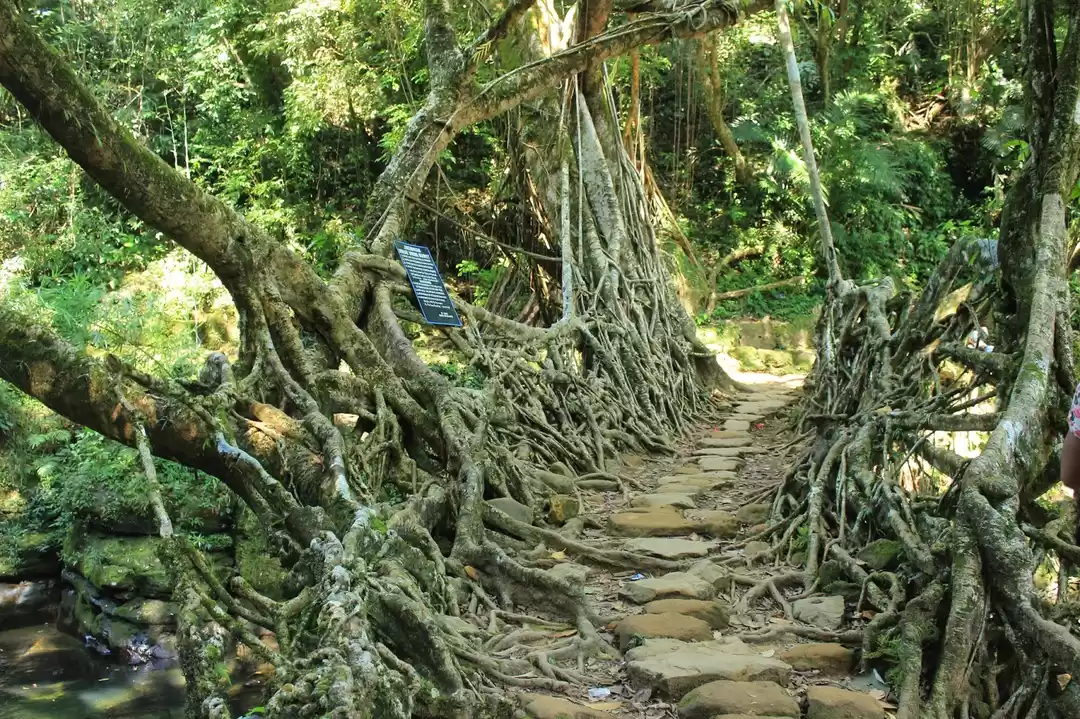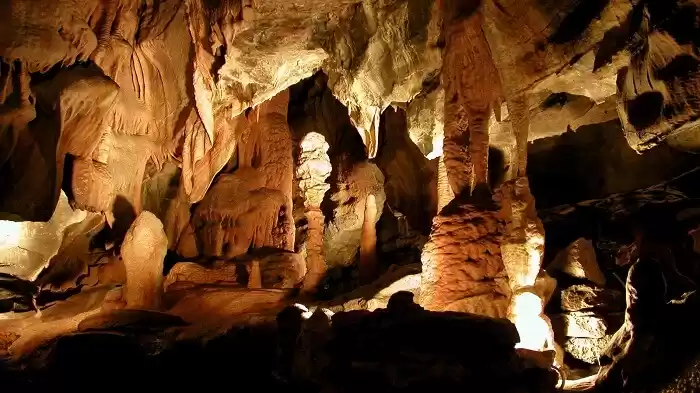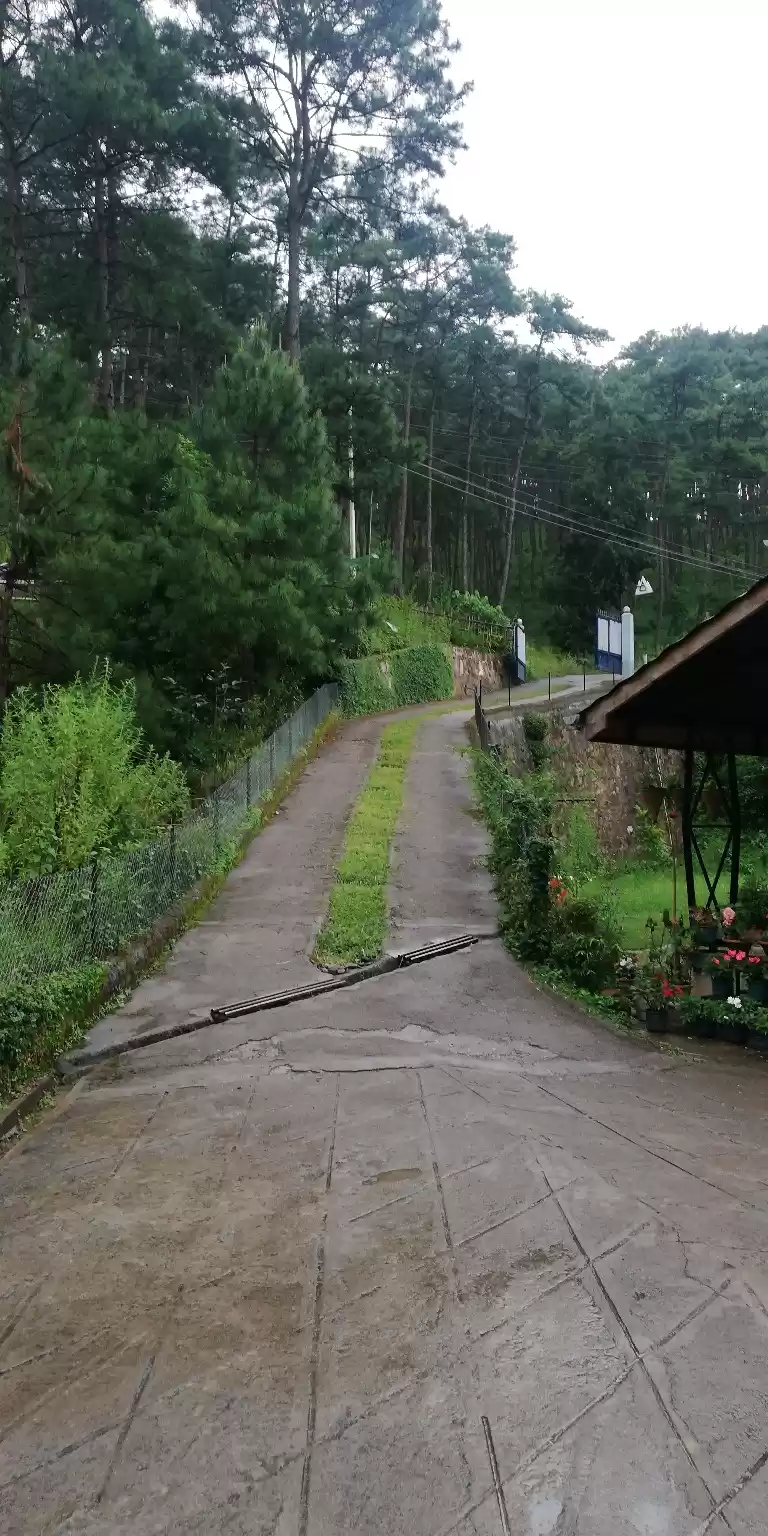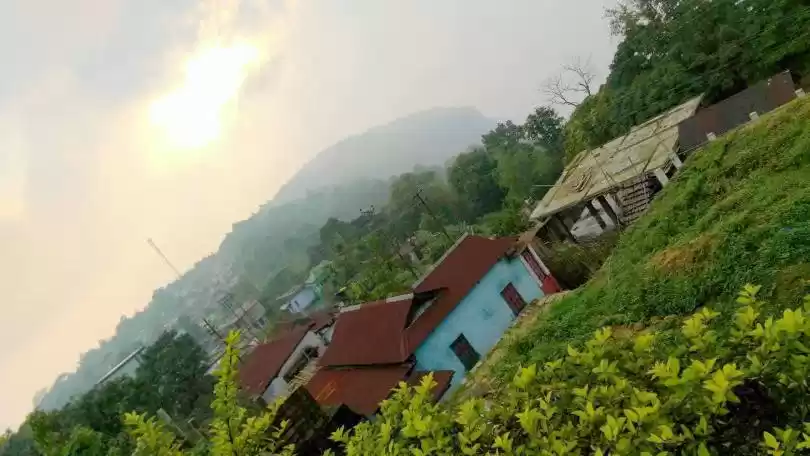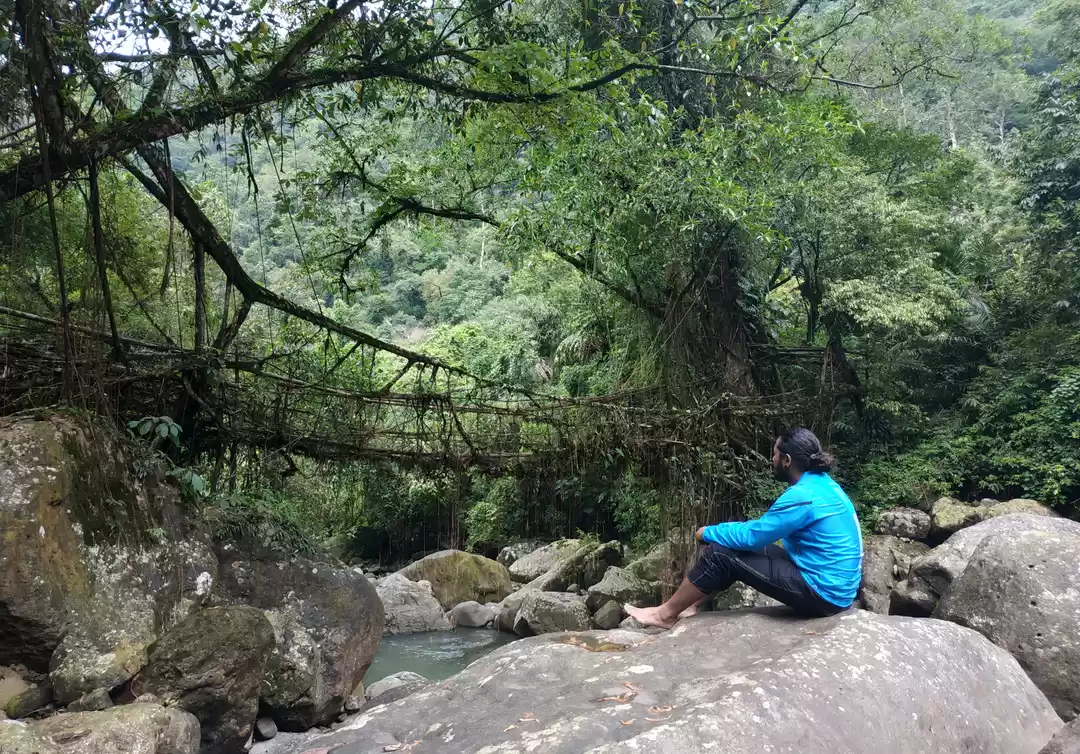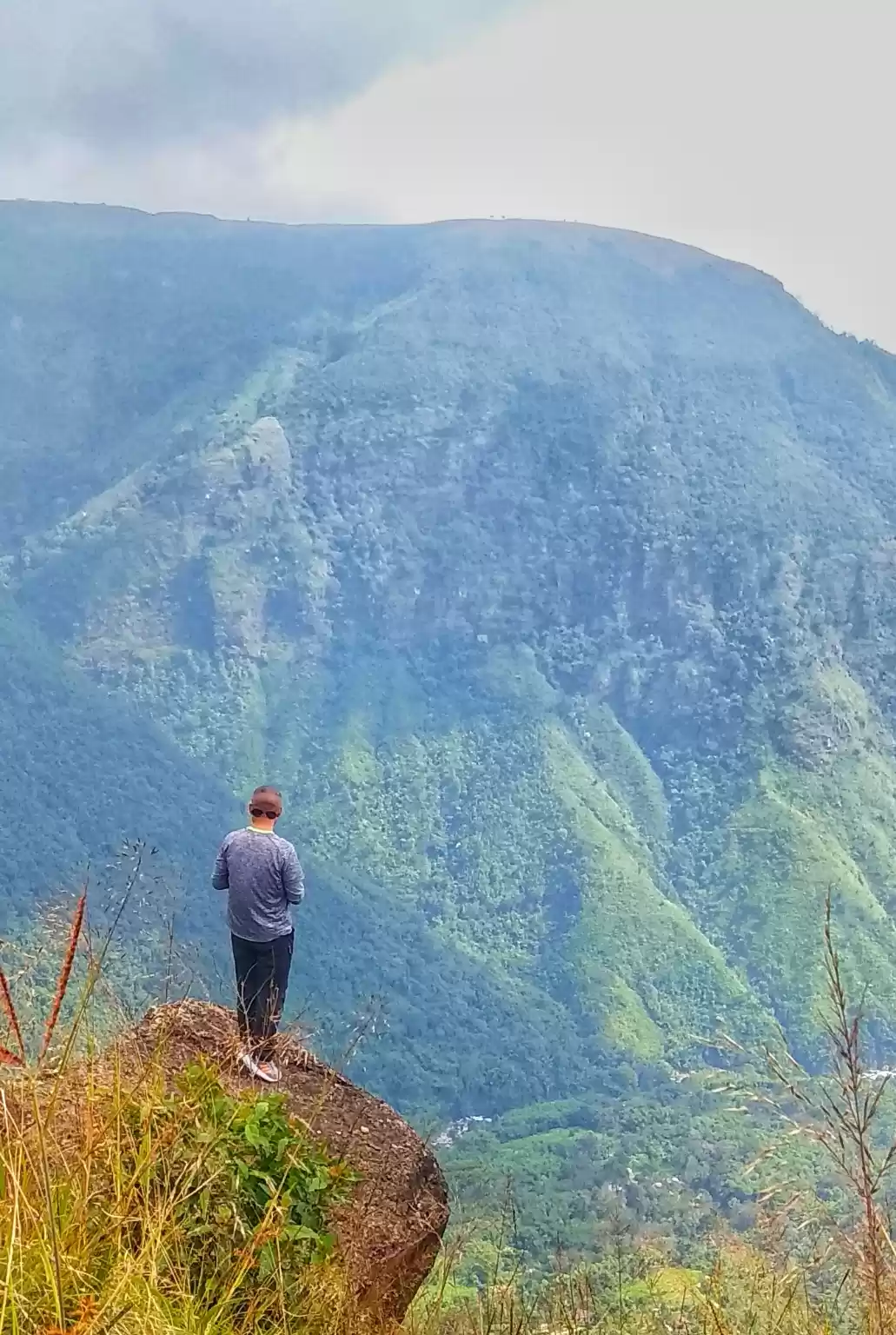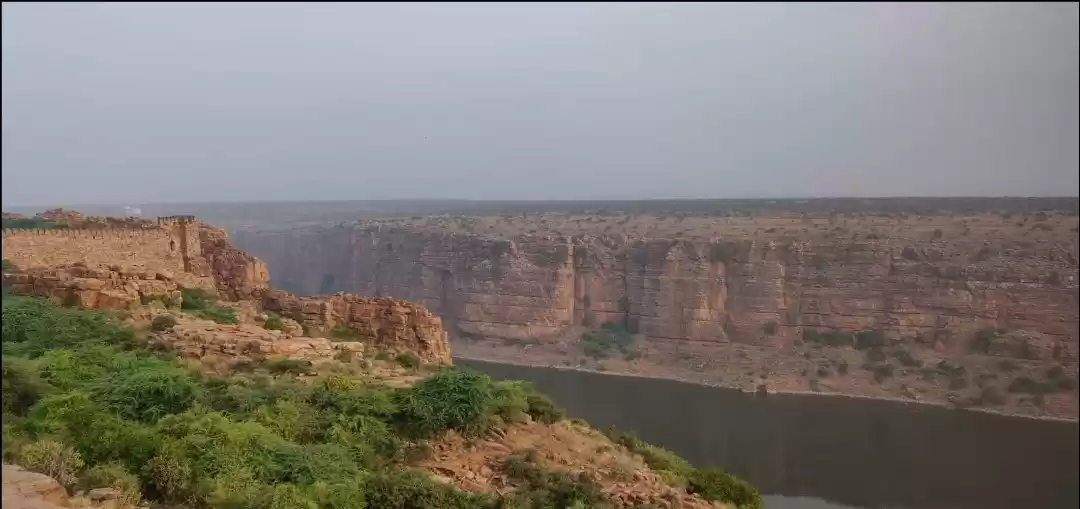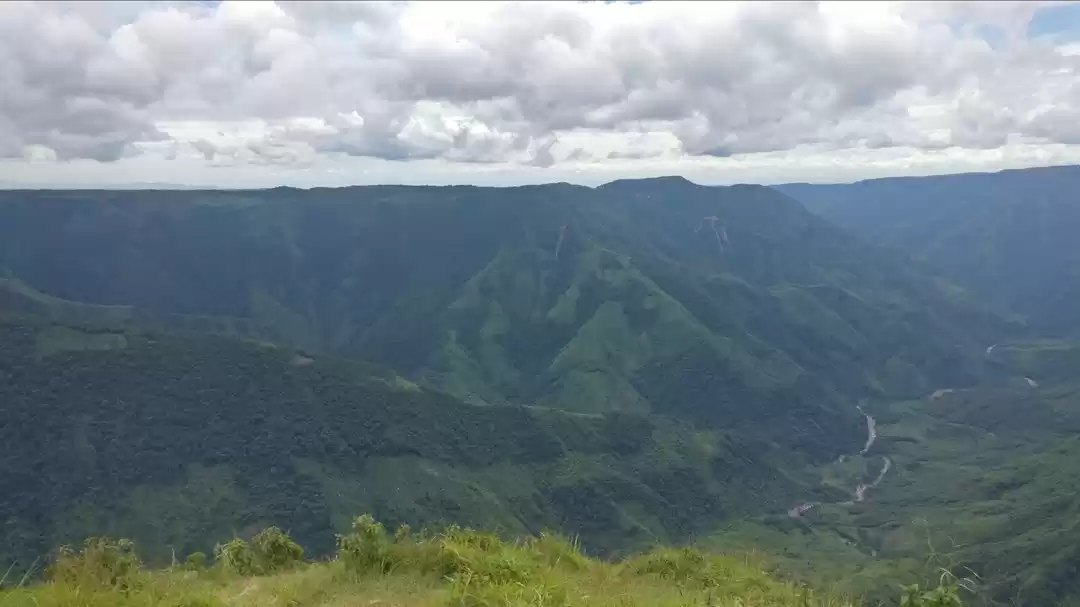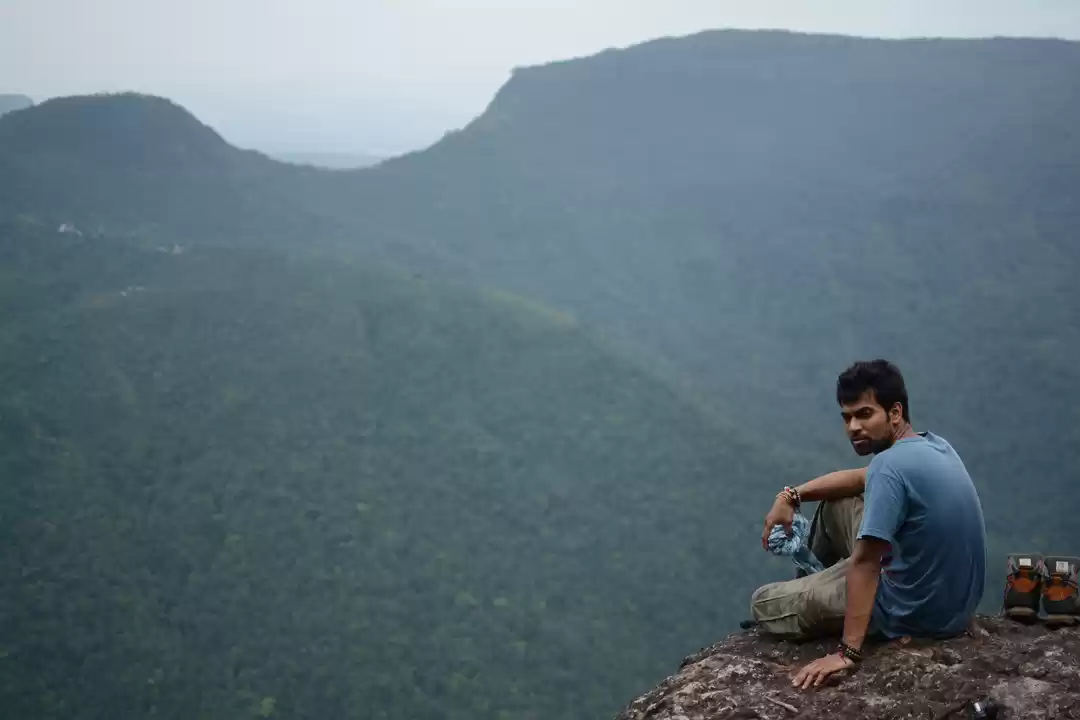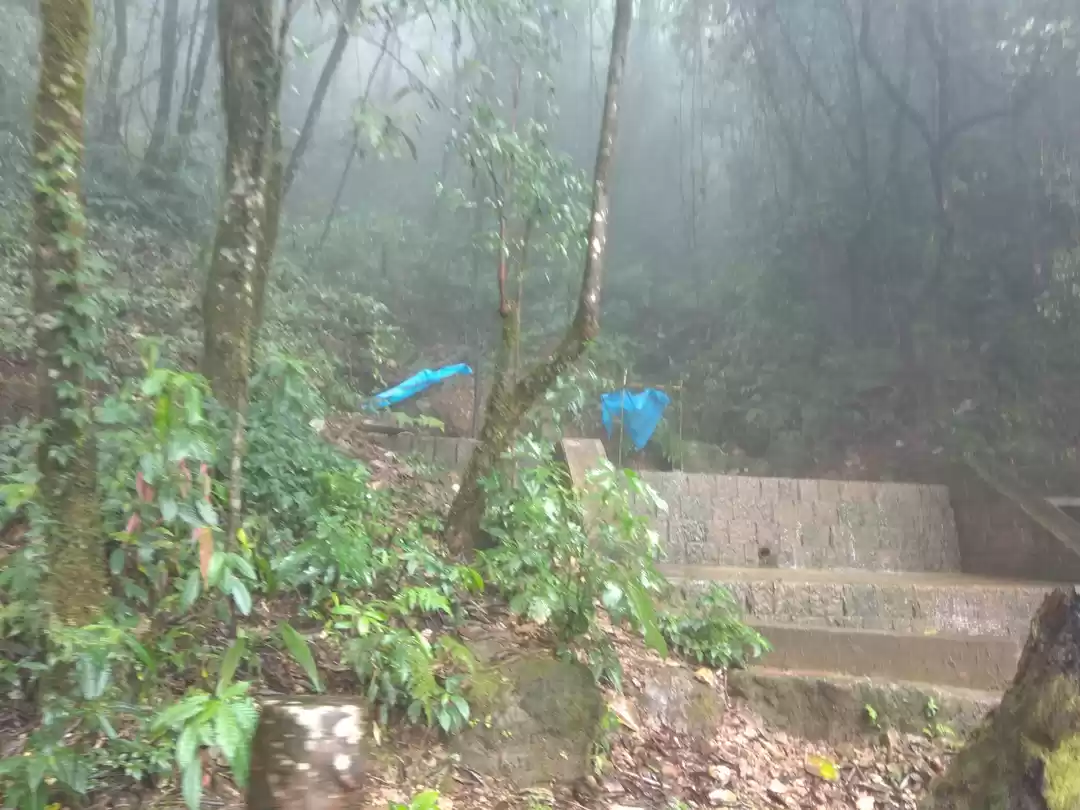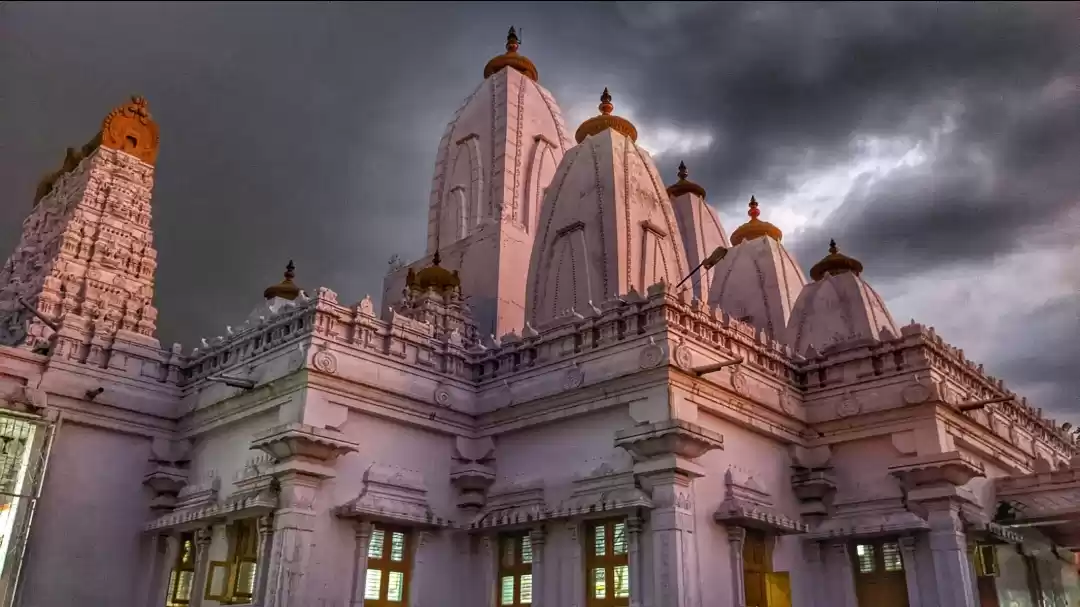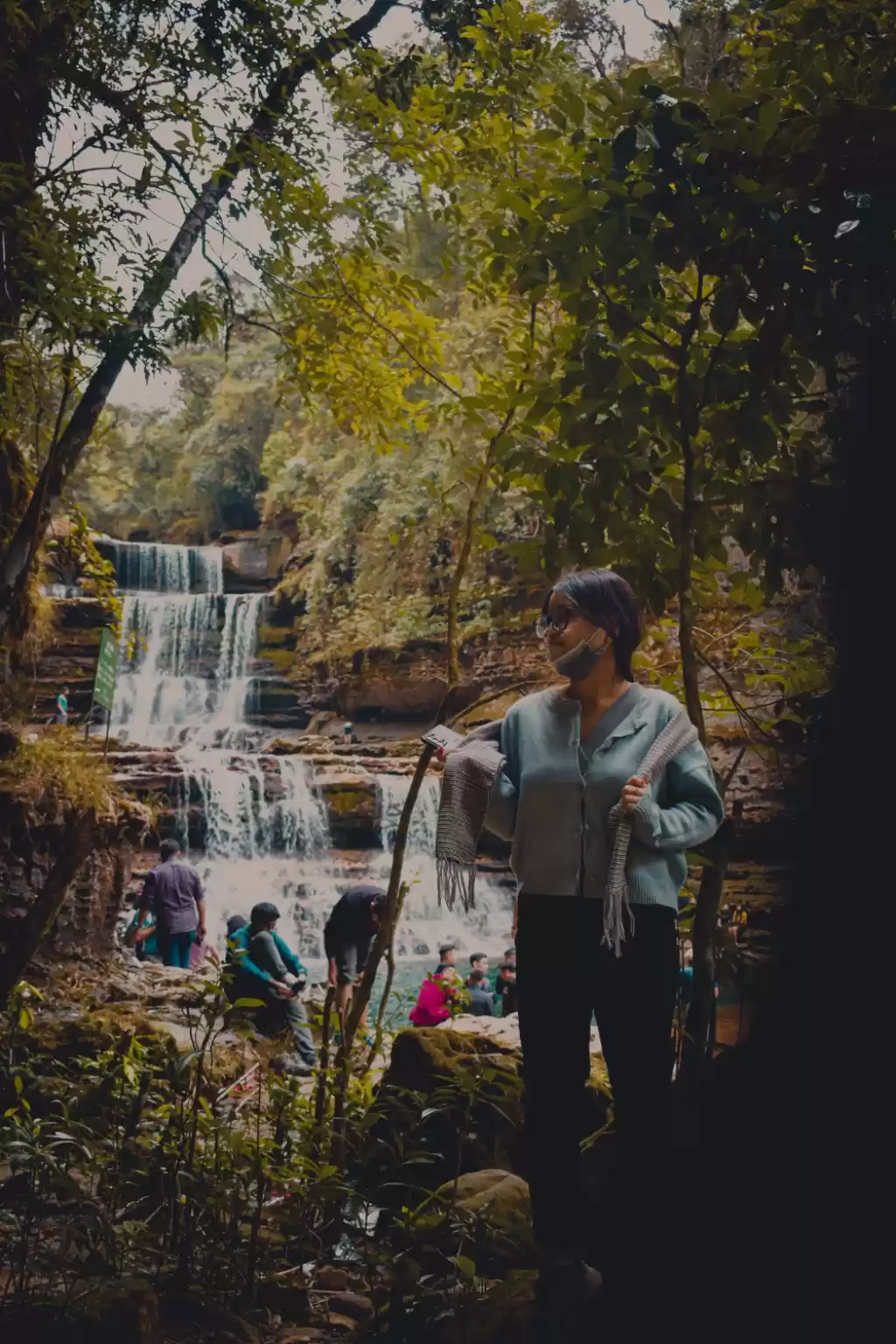Have you ever dreamed of visiting a place that combines the charm of Scotland, the diversity of India, and the beauty of nature? If yes, then you should definitely check out the Khasi Hills, a hidden gem of Northeast India. The Khasi Hills are a part of the state of Meghalaya, which means “the abode of clouds” in Sanskrit. As the name suggests, the Khasi Hills are blessed with a pleasant and misty climate, lush green hills, sparkling waterfalls, crystal clear rivers, and stunning views. The Khasi Hills are also home to the Khasi tribe, one of the indigenous groups of Meghalaya, who have a rich and unique culture, history, and tradition.
In this article, we will guide you through the best time to visit, the activities to enjoy, the places to explore, and the packages to choose for your trip to the Khasi Hills.
Activities at Khasi Hills

The Khasi Hills offer a plethora of activities for all kinds of travellers, from leisure seekers to thrill seekers. Here are some of the activities that you can enjoy in the Khasi Hills:
1. Trekking:
The Khasi Hills are a trekker’s delight, with numerous trails and routes that take you through the scenic and diverse landscapes of the region. You can trek to the living root bridges, the unique and natural bridges made by the roots of the rubber trees, which can be found in places like Mawlynnong, Nongriat, and Cherrapunji. You can also trek to the double-decker living root bridge, the only one of its kind in the world, which is located in Nongriat. You can also trek to the rainbow falls, a spectacular waterfall that forms a rainbow when the sun shines on it, which is also located in Nongriat. You can also trek to the Krem Mawmluh cave, the fourth longest cave in India, which is located in Cherrapunji. You can also trek to the David Scott trail, a historic trail that was used by the British officer David Scott in the 19th century, which connects Mawphlang and Lad Mawphlang, and offers stunning views of the Umiam river and the plains of Bangladesh.
2. Camping:
The Khasi Hills are a camper’s dream, with numerous spots and sites that allow you to pitch your tent and spend the night under the stars. You can camp at the Umiam Lake, a man-made lake that was created by damming the Umiam river, which offers a serene and scenic setting for camping. You can also camp at the Nongkhnum Island, the second largest river island in Asia, which is located in the West Khasi Hills district. You can also camp at the Mawlynnong village, the cleanest village in Asia, which is located in the East Khasi Hills district. You can also camp at the Mawphlang sacred grove, a forest that is considered sacred by the Khasi people, which is located in the East Khasi Hills district.
3. Boating:
The Khasi Hills are a boater’s paradise, with numerous lakes and rivers that offer a variety of boating options. You can boat at the Umiam Lake, where you can enjoy kayaking, water skiing, sailing, and other water sports. You can also boat at the Dawki river, a crystal clear river that flows along the border of India and Bangladesh, where you can enjoy boating, snorkeling, and fishing. You can also boat at the Krang Suri falls, a beautiful waterfall that forms a natural pool, where you can enjoy boating, swimming, and picnicking.
4. Sightseeing:
The Khasi Hills are a sightseer’s delight, with numerous attractions and landmarks that showcase the beauty and culture of the region. You can visit the Shillong peak, the highest point in Meghalaya, which offers a panoramic view of the city and the hills. You can also visit the Elephant falls, a three-tiered waterfall that is named after a rock that resembles an elephant. You can also visit the Don Bosco museum, a museum that displays the history, culture, and lifestyle of the Northeastern tribes. You can also visit the Mawjymbuin cave, a cave that contains a stalagmite that resembles a Shiva lingam.
Places to Visit in East Khasi Hills

The East Khasi Hills district is the most popular and visited district in the Khasi Hills, as it contains the capital city of Meghalaya, Shillong, and many other attractions and destinations. Here are some of the places that you should visit in the East Khasi Hills district:
1. Shillong:
Shillong is the capital city of Meghalaya and the headquarters of the East Khasi Hills district. It is also known as the “Scotland of the East”, as it resembles the Scottish highlands in its landscape and climate. Shillong is a vibrant and modern city, with colonial buildings, churches, markets, cafes, and pubs.
2. Umiam Lake:
Umiam Lake is a man-made lake that was created by damming the Umiam river in the 1960s. It is also known as the “Barapani Lake”, which means “the big water” in Khasi.
3. Elephant Falls:
Elephant Falls is a three-tiered waterfall that is located about 12 kilometers from Shillong. It is named after a rock that resembles an elephant, which was destroyed by an earthquake in 1897. Elephant Falls is a natural and spectacular waterfall, with each tier having a different shape and size.
4. Mawphlang:
Mawphlang is a village that is located about 25 kilometers from Shillong. It is known for its sacred groves and traditional rituals. The sacred groves are patches of forest that are preserved and protected by the Khasi people, who believe that they are the abode of their ancestors and deities.
5. Mawlynnong:
Mawlynnong is a village that is located about 90 kilometers from Shillong. It is acclaimed as the cleanest village in Asia, and has won many awards and recognition for its cleanliness and hygiene.
Places to Visit in West Khasi Hills

The West Khasi Hills district is the least explored and visited district in the Khasi Hills, as it is far away from the main city and has fewer facilities and amenities. However, it is also the most adventurous and authentic district, as it offers some of the most untouched and unspoiled attractions and destinations. Here are some of the places that you should visit in the West Khasi Hills district:
1. Nongkhnum Island:
Nongkhnum Island is the second largest river island in Asia, after Majuli in Assam. It is located in the West Khasi Hills district, and is formed by the bifurcation of the Kynshi river. Nongkhnum Island is a natural and serene island, with sandy beaches, grassy meadows, and rocky cliffs.
2. Ranikor:
Ranikor is a town that is located in the West Khasi Hills district, and is situated on the banks of the Jadukata river. It is a popular destination for anglers and fishermen, as it is known for its abundance of fish, especially the golden mahseer.
3. Mawjymbuin Cave:
Mawjymbuin Cave is a cave that is located in the West Khasi Hills district, and is one of the most visited caves in Meghalaya. It is a limestone cave that contains a stalagmite that resembles a Shiva lingam, which is worshipped by the Hindu devotees.
Best Time to Visit

The best time to visit the Khasi Hills depends on your preference and purpose. The Khasi Hills experience four seasons: winter, spring, summer, and monsoon.
Winter (November to February): This is the coldest and driest season in the Khasi Hills, with temperatures ranging from 4°C to 16°C. This is the ideal time for those who love the chilly weather and want to enjoy the clear skies and the panoramic views of the hills and valleys.
Spring (March to April): This is the most pleasant and beautiful season in the Khasi Hills, with temperatures ranging from 15°C to 25°C. This is the perfect time for those who want to witness the blooming of flowers and the awakening of nature.
Summer (May to June): This is the hottest and most humid season in the Khasi Hills, with temperatures ranging from 23°C to 30°C. This is the best time for those who want to escape the scorching heat of the plains and enjoy the cool breeze and the refreshing waterfalls of the Khasi Hills.
Monsoon (July to October): This is the wettest and most unpredictable season in the Khasi Hills, with temperatures ranging from 18°C to 26°C. This is the time when the Khasi Hills receive the highest rainfall in the world, making them a paradise for rain lovers and photographers.
The Khasi Hills are a travel destination that you should not miss, as they offer a unique and unforgettable experience of nature, culture, and adventure. The Khasi Hills are a hidden gem of Northeast India, that will surprise and delight you with their beauty and diversity. Whether you want to relax, explore, or learn, the Khasi Hills have something for everyone. So, what are you waiting for? Book your trip to the Khasi Hills today, and get ready to be amazed.



















